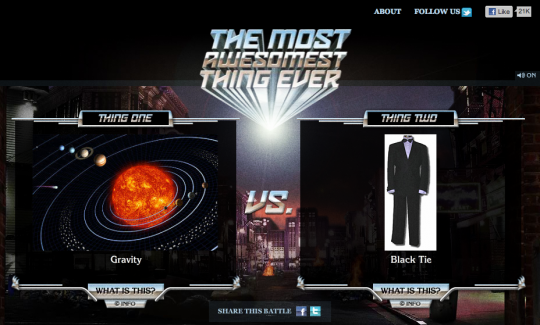In case you missed it, check out some great work from Bob Greenberg and R/GA.
BG: …Our business is no longer about a copywriter and an art director who go off to figure things out, come back with a TV spot and a print ad, and believe they’re doing what the client or consumer needs. People who come out of university now and go down the path of a traditional agency are, to me, making a huge mistake. Titles are not important, and their books are perhaps not exactly what we need, but if they’re good, then it would take between six months and a year to train them before they come up to speed.
At the end of the day, it’s not really about what we need; it’s what the consumer wants. So, I think the problem with some agencies is that they’re looking at managing the client and not really looking at what the consumer wants. Our approach is different: we look at what the consumer wants and then we get measurable results back to the client. We have some clients that are 90 percent marketing based and 10 percent digital platform, and certain clients who are just the opposite: 10 percent marketing and 90 percent systematic applications and platforms. It shifts. We’re probably almost a flip of Crispin Porter + Bogusky, where that agency might be, on one account, 30 percent platform and 70 percent marketing.
WS: What do you mean by “platform”?
BG: Platform would be like a Nike+, Nokia viNe, HP.com, or something like that. It’s systematic, digital applications for websites, digital marketing, and advertising, or it could be an application that ties into community—that kind of thing. On the other side of that, it may be very campaign led and marketing focused. We don’t advertise it, but we’re taking a lot of the budget from the traditional agencies. I was asked recently to judge television commercials for an organization, and I said I didn’t think I should be the person to do that because I don’t really believe in them. But we have done 4,000 commercials here, so it’s not like we or I don’t understand them. I’m very much for storytelling, which we do a lot of, and we have many people from traditional agencies—probably 100—who could be an agency on their own. I get very passionate about what we should be developing in terms of university curriculum so that graduates can actually get a job, not just at an agency like R/GA but at a company or traditional agency that has to make the transition. I don’t see the business being the same a few years from now.


